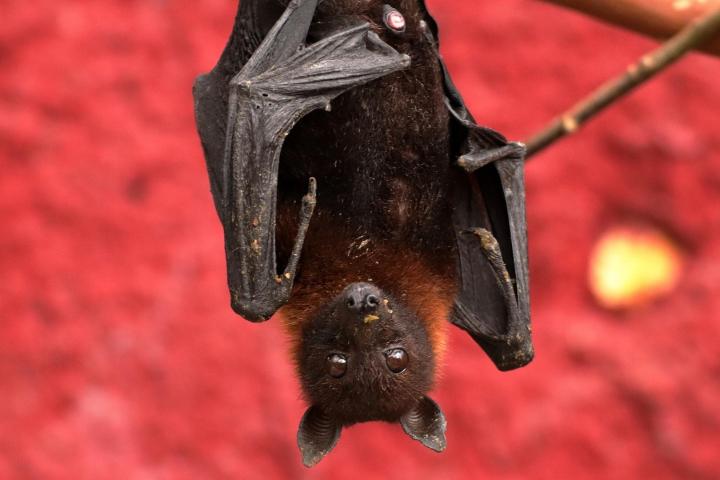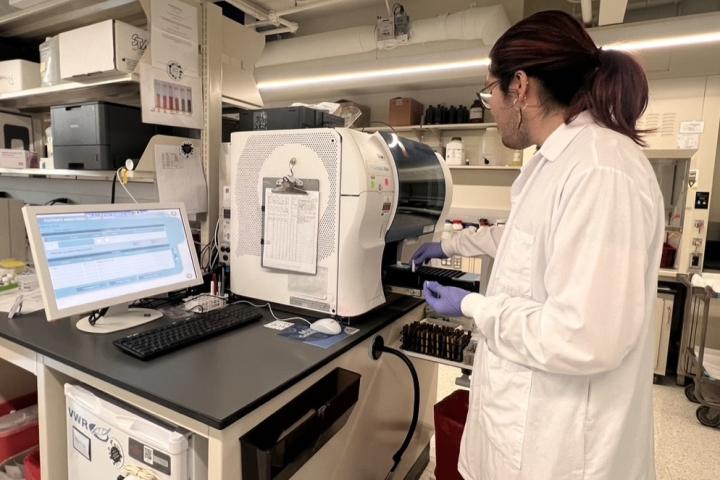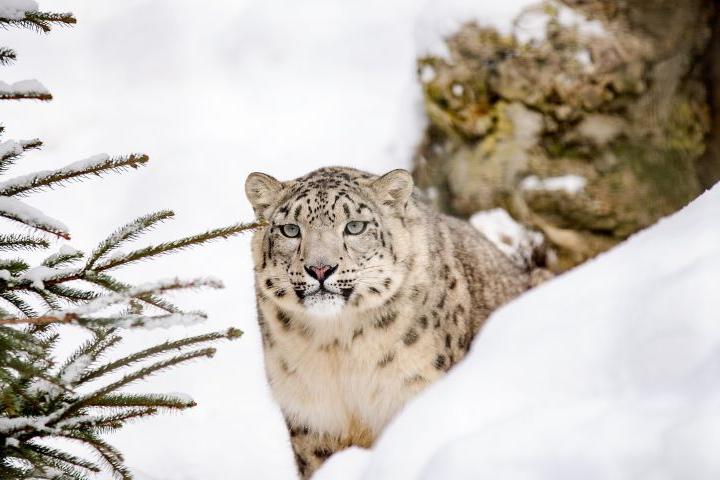Virology
Researching viral infections in wildlife and domestic animals
The Virology Laboratory has a broad-reaching program, covering viral infections of animals including those with zoonotic potential. Our research involves basic mechanisms of infection and propagation, the induction of disease, and the biology of viral infections in both wildlife and domestic animals.
We have studied numerous viruses affecting wildlife including West Nile virus, canine distemper virus, canine parvovirus, reoviruses of avian and mammalian origin, orthopneumovirus, herpesviruses, and nidoviruses to name a few. We utilize many diagnostic methods including serological testing for pathogen exposure; virus isolation; fluorescent-labeled antibody testing for viral pathogens; and targeted polymerase chain reaction (PCR) testing.
Our contributions to wildlife health include:
- With the discovery of West Nile virus in the U.S. in 1999, the Virology Laboratory established a dedicated West Nile virus testing lab utilizing molecular and serological assays for detection of the virus and antibodies in wildlife, zoo animals, and domestic species;
- Participation in the largest wildlife program in the U.S. – oral rabies vaccination of raccoons. We also tested over 20,000 mostly raccoon serum samples collected by the USDA for canine distemper virus antibodies;
- With the inclusion of ONRAB as an alternative wildlife rabies vaccine, we analyzed test samples from the initial trials for antibody to the recombinant viral vector and used PCR to detect the vector in field samples;
- With the detection of chronic wasting disease in New York in 2005, we worked with the New York State Department of Environmental Conservation to establish an agent detection ELISA testing program for surveillance of wild white-tailed deer;
- Supported numerous studies on carnivore viral infections in wildlife populations in the U.S., Africa, and South America including yearly California Channel Islands fox serosurveys;
- Establishment of molecular assays for detection of viruses infecting reptiles and amphibians;
- Our recent focus on relatively unstudied viral infections in wild bird species has identified the cause of mass winter mortality events of crows and led to the discovery of two new viruses in cormorants and mockingbirds;
- Detection of a previously identified virus for the first time in porcupines in association with respiratory disease;
- Establishment of molecular test methods for detection of tumor causing retroviruses in wild turkeys.





